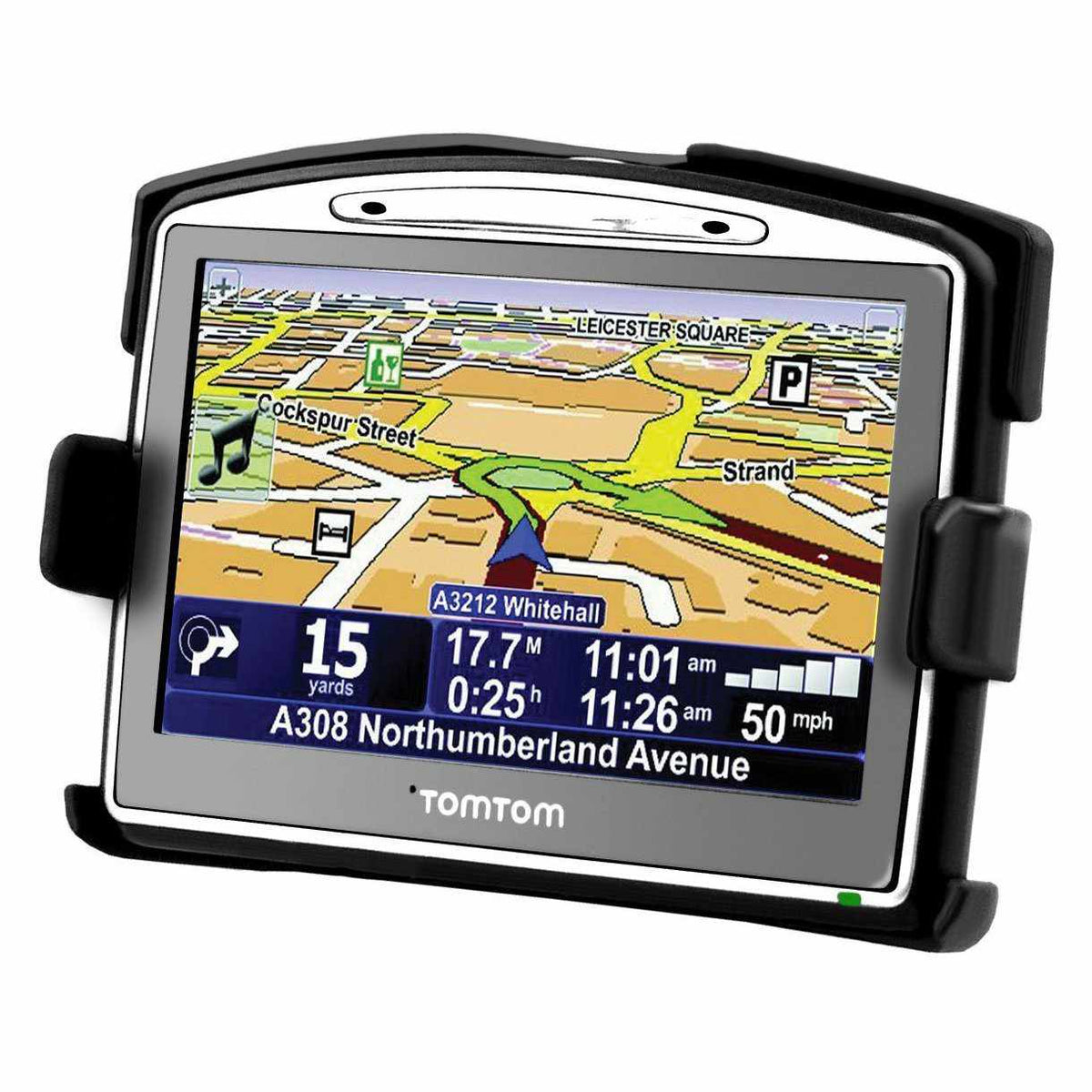

- #TOMTOM HOME 1.X UPDATE#
- #TOMTOM HOME 1.X DRIVER#
- #TOMTOM HOME 1.X PORTABLE#
- #TOMTOM HOME 1.X SOFTWARE#
- #TOMTOM HOME 1.X SERIES#
New features introduced in 2008 included IQ Routes, which estimated journey times based on average recorded speeds, rather than speed limits, and "Advanced Lane Guidance", an on-screen representation of the correct lane to take. TomTom partnered with Vodafone in 2007 to create a high definition traffic service, designed to deliver real-time traffic data to Vodafone users through their devices.
#TOMTOM HOME 1.X SOFTWARE#
TomTom Home, software for managing and downloading content for TomTom on a PC, was first released at this time. Text-to-speech for road names was first introduced in 2006, along with hands-free calling and traffic support.
#TOMTOM HOME 1.X PORTABLE#
The Rider was the first portable satellite navigation device designed for motorcycles and scooters. The ruggedized, water-resistant Rider navigation device was released for motorcycle users in 2006. In 2005, the ability to download new voices was introduced. As of 2016, the company had sold nearly 80 million navigation devices worldwide. TomTom reports it has sold about 250,000 units of TomTom Go and this product represented 60% of the company's revenue for 2004. The first all-in-one device personal navigation device, the TomTom Go was released in March 2004, creating a new consumer electronics category.
#TOMTOM HOME 1.X UPDATE#
In 2004 a built-in subscription-based traffic update service was added. īy 2001, they released the first car satellite navigation software, the TomTom Navigator, shifting the company's focus to GPS car navigation. Early mapping software included EnRoute, Citymaps and Routeplanner. Subsequently, the company moved its focus to PDA software for the consumer market.
#TOMTOM HOME 1.X SERIES#
Until 1996, TomTom developed business-to-business applications such as meter reading and bar-code reading for handheld devices, such as Palm Pilot, Compaq iPaq and Psion Series 5. In 2020 the company signed a deal with Chinese Huawei to use the maps in Huawei's smartphones to replace the Google Maps. It also said that "lifetime" meant the "useful life" of a device. In January 2018 the company faced criticism for announcing that it would no longer be providing map updates for some devices. In May 2018, TomTom launched new portable navigation device the TomTom Go Camper to cater for the requirements of caravan and motorhome users.
#TOMTOM HOME 1.X DRIVER#
In late 2015, TomTom extended its deal with Apple and signed a new contract with Uber, in which Uber driver app uses TomTom maps and traffic data in 300 cities worldwide. TomTom signed deals to provide their navigation devices to several carmakers including Volkswagen Group, Daimler, Toyota and others.

In 2014, TomTom partnered with Volkswagen Group for joint research on Highly Automated Driving (HAD) systems. On 11 June 2012, at an event for Apple's iOS 6 preview, TomTom was announced as the main mapping data provider for Apple's revamped iOS 6 "Maps" app, replacing Google Maps. It became a meme, often with different images and sometimes reworded slightly. A photograph of this was widely circulated on the internet. In 2010, they produced an advert saying You are not stuck in traffic. In 2008, TomTom acquired Tele Atlas, a digital map maker, for €2.9 billion. In January 2006, TomTom acquired the UK company Applied Generics, forming TomTom Traffic. Datafactory AG employed around 30 people and realized a turnover of approximately €5 million in 2004 and a small net profit.

In September 2005 TomTom acquired Datafactory AG, a telematics service provider based in Leipzig. On, TomTom listed on the Amsterdam Stock Exchange, valuing the company at nearly €50 million. In 2001, the company's brand name changed to TomTom, while its legal name was also changed by 2003. In 1999, Vigreux's husband, Harold Goddijn left Psion Netherlands, for which TomTom made software and where Vigreux was previously sales director, to join TomTom. Software was also developed for Palm and Windows CE devices. Palmtop also worked with Psion in the development of EPOC32. Software was developed mainly for Psion devices and the company was one of the largest developers of Psion software in the late 1990s. The company focused on corporate handheld device software before focusing on the consumer market and releasing the first route planning software for mobile devices in 1996. The company was founded in Amsterdam in 1991 as Palmtop Software, by Corinne Vigreux, Peter-Frans Pauwels and Pieter Geelen.


 0 kommentar(er)
0 kommentar(er)
